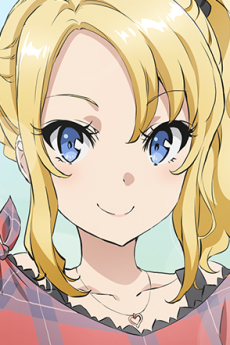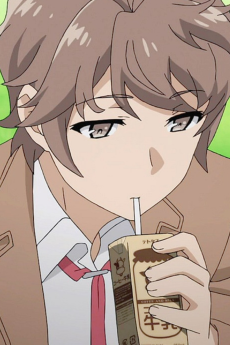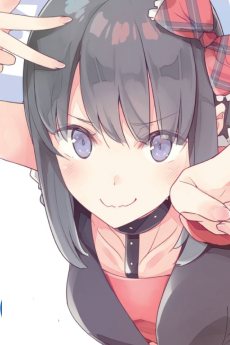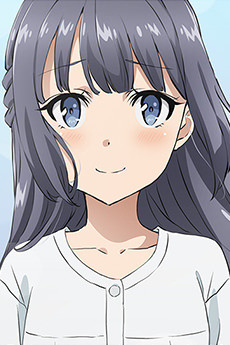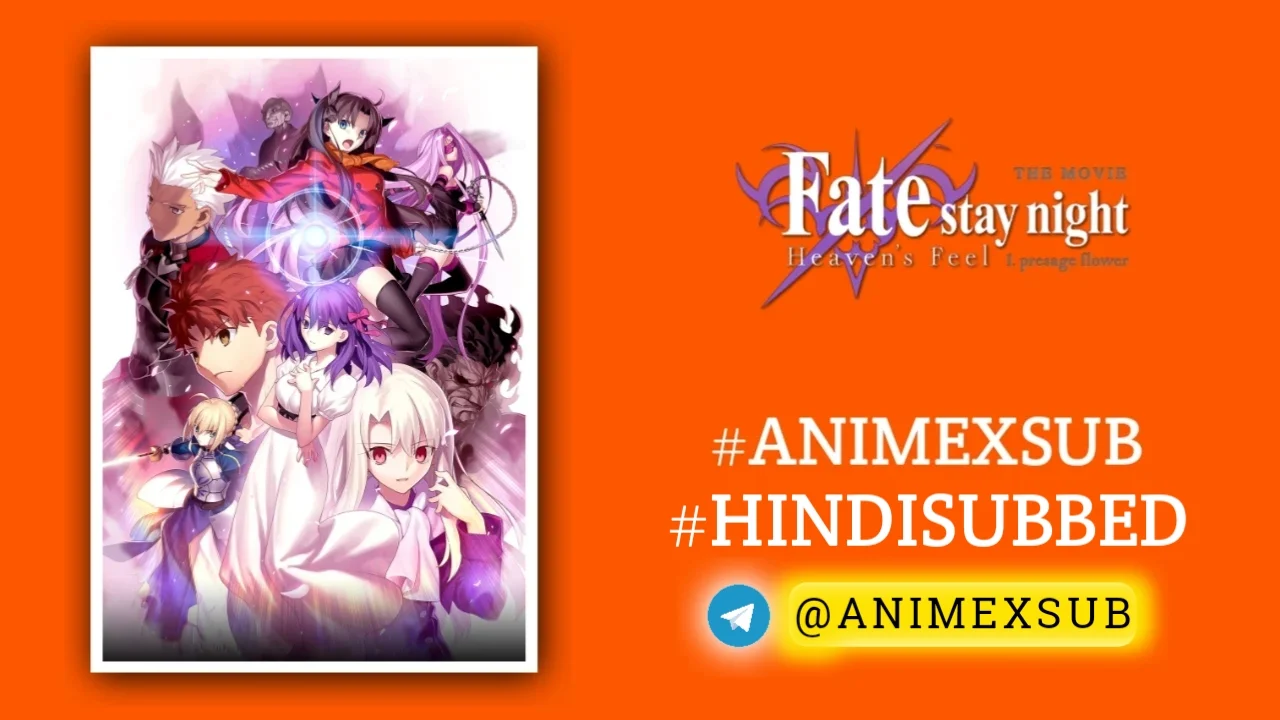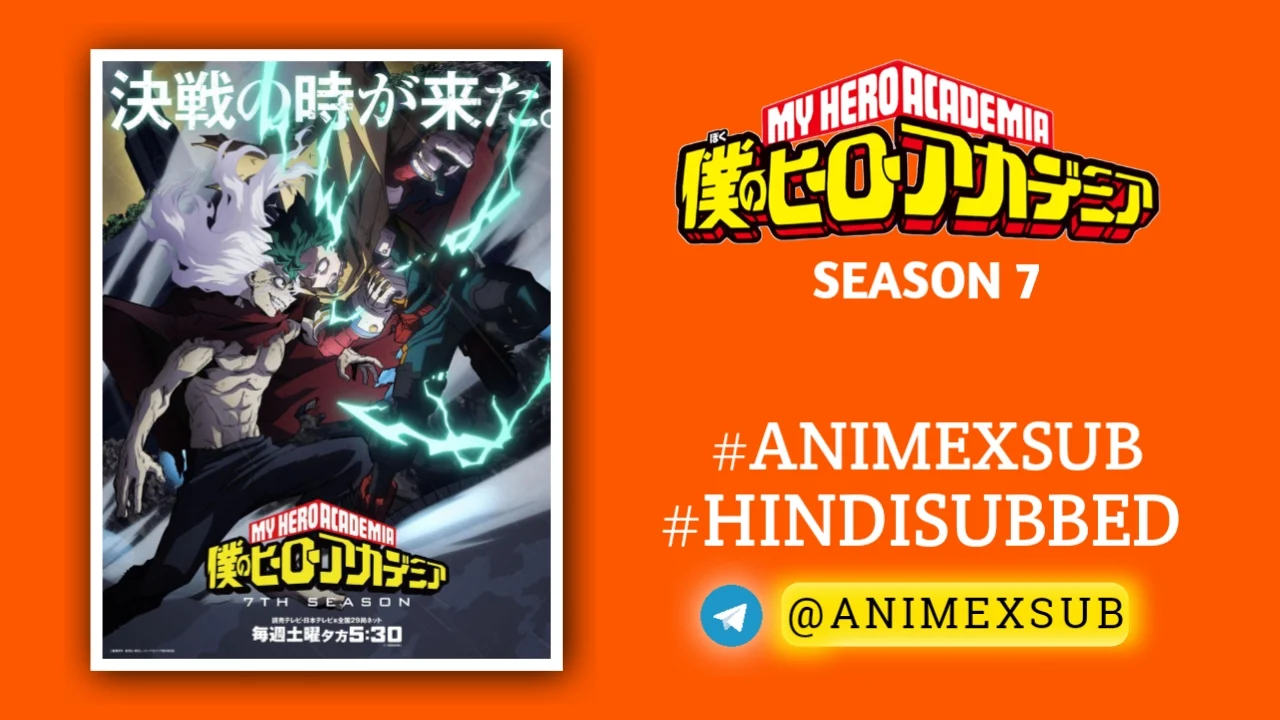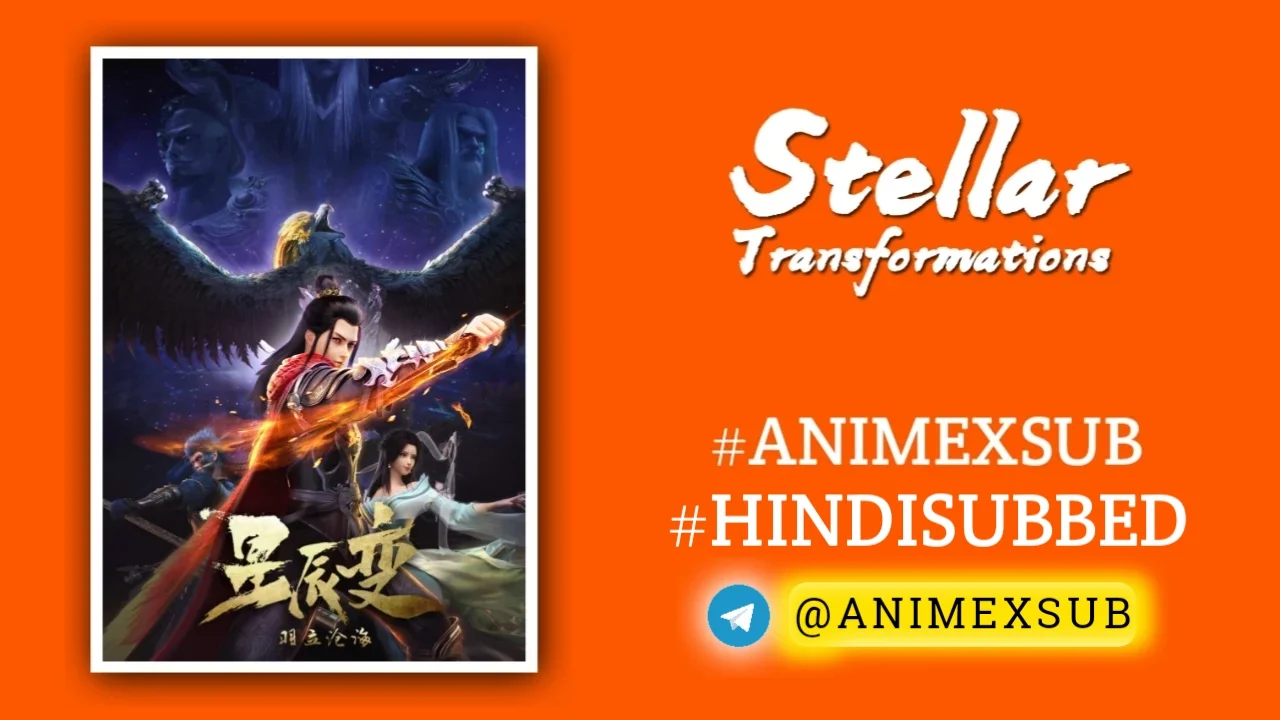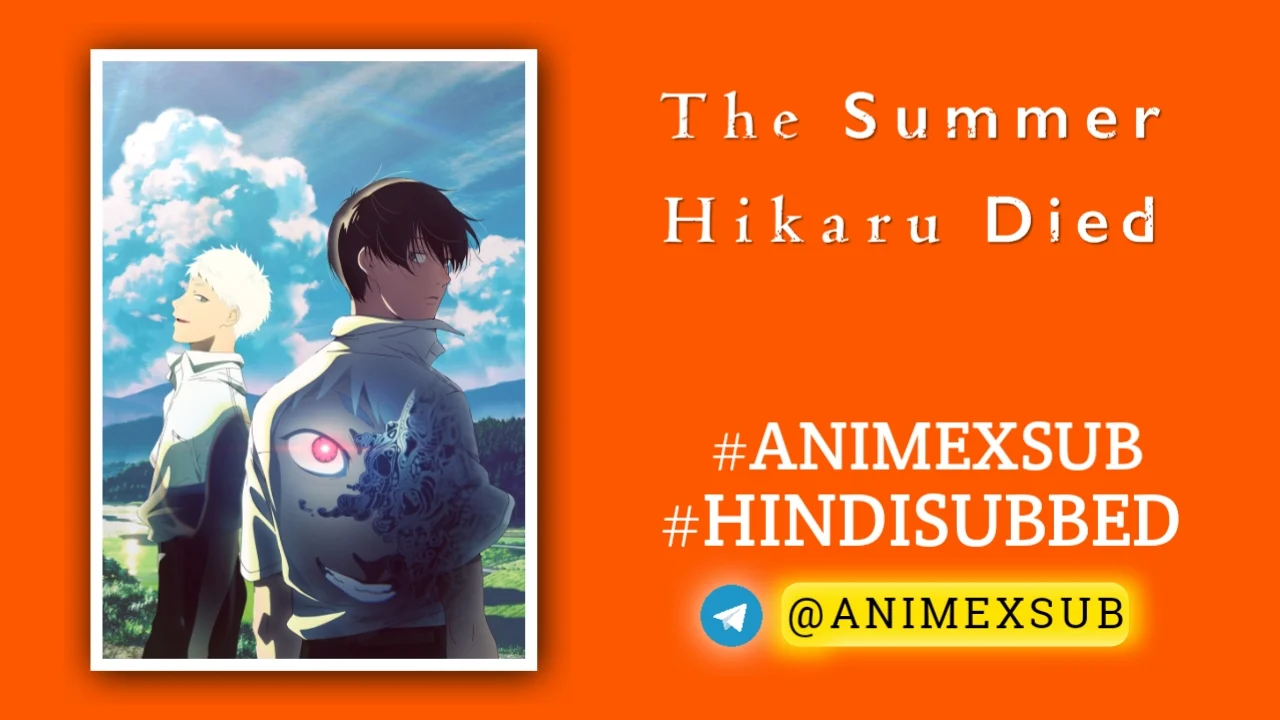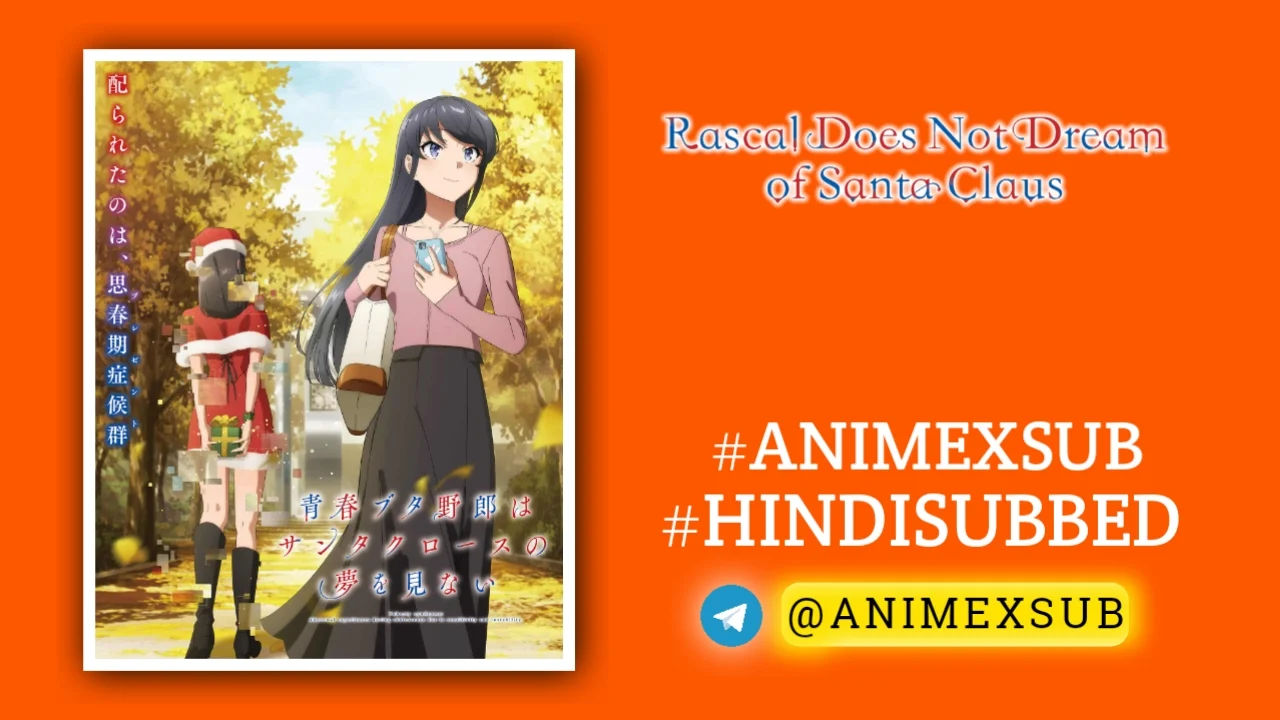
Rascal Does Not Dream of Santa Claus Hindi Subbed [07/13] | Rascal Does Not Dream of a Bunny Girl Senpai Season 2 Hindi Sub

Seishun Buta Yarou wa Santa Claus no Yume wo Minai
Rascal Does Not Dream of Santa ClausSynopsis
Sequel to the film Seishun Buta Yarou wa Randoseru Girl no Yume wo Minai. After encountering various girls going through Puberty Syndrome, Sakuta Azusagawa's high school days have come to a close, and he is now a university student. He enrolls at a university in Kanazawa-hakkei alongside his girlfriend Mai Sakurajima, a nationally famed actress. Off campus, he stumbles upon an out-of-season miniskirt Santa. Precognitive dreams, an anonymous online singer, poltergeists buzzing on social media... A mysterious tale with enigmatic phenomenons surrounding girls with wavering hearts starts again. Puberty continues... (Source: Crunchyroll)
Watch Trailer
Characters
Rascal Does Not Dream of Santa Claus: A Deep Dive into the University Arc’s Emotional and Narrative Evolution
Rascal Does Not Dream of Santa Claus, the latest chapter in Hajime Kamoshida’s Seishun Buta Yarou light novel series and its anime adaptation, marks a bold transition from the high school settings of its predecessors to the uncharted terrain of university life. Premiering in July 2025, this second anime season, adapting the “University Arc” (starting with volume 10 of the light novels), delivers a poignant, introspective continuation of Sakuta Azusagawa’s journey through the enigmatic Puberty Syndrome. This article explores the series’ narrative depth, character evolution, and thematic resonance, drawing from its unique storytelling and emotional hooks without veering into promotional territory.
A New Stage, Familiar Struggles
The shift to a university setting in Yokohama introduces a fresh dynamic while retaining the series’ signature blend of supernatural mystery and raw human emotion. Sakuta, now a first-year statistical science student, navigates the complexities of adulthood alongside his girlfriend, the celebrated actress Mai Sakurajima. The series wastes no time reintroducing Puberty Syndrome, a phenomenon tied to unstable mental states, manifesting in bizarre ways—most notably through the mysterious “Miniskirt Santa,” a character only Sakuta can see, voiced by Reina Ueda. This figure, claiming to be Touko Kirishima, sets the stage for a labyrinthine mystery involving multiple versions of Kirishima and prophetic dreams among Sakuta’s circle.
The narrative structure mirrors the earlier Bunny Girl Senpai season and films, with each arc focusing on a different character’s emotional turmoil. However, the university backdrop amplifies the stakes. The freedom of college life—where societal expectations clash with personal identity—creates a fertile ground for Puberty Syndrome’s manifestations. Uzuki Hirokawa, a returning character from the Sister Venturing Out film and a member of the idol group Sweet Bullet, takes center stage in the initial arc. Her struggle to balance individuality with conformity, exacerbated by a Puberty Syndrome that forces her to “read the room” excessively, offers a nuanced commentary on the pressures of young adulthood.
Character-Driven Depth
The series excels in its character work, particularly with Sakuta, whose sharp wit and unyielding empathy remain the story’s anchor. His interactions with both new and returning characters—like Rio Futaba, now a fellow cram school teacher, and Uzuki, who grapples with her identity—highlight his growth from a high school outcast to a young man navigating adult relationships. The inclusion of familiar faces like Futaba and Nodoka Toyohama ensures continuity, while new characters like Miori Mito and Ikumi Akagi add fresh perspectives. Ikumi, a nursing student with a shared history with Sakuta, introduces a layer of guilt-driven complexity, hinting at alternate realities explored in prior films.
The mysterious Touko Kirishima, potentially tied to Mai’s safety, elevates the narrative’s tension. The revelation of multiple Touko Kirishimas—each possibly a facet of Puberty Syndrome—creates a puzzle that challenges Sakuta’s deductive skills and emotional resilience. This multiplicity, combined with cryptic dreams and social media-driven “poltergeists,” weaves a narrative that feels both grounded and otherworldly, echoing the series’ earlier exploration of quantum entanglement and parallel realities.
Thematic Resonance
Rascal Does Not Dream of Santa Claus delves into themes of identity, societal pressure, and the lingering impact of past traumas. Uzuki’s arc, for instance, poignantly captures the tension between self-expression and conformity. Her Puberty Syndrome forces her to suppress her unique style and opinions, reflecting the societal demand to “fit in” during the transition to adulthood. The series doesn’t shy away from darker undertones, such as Ikumi’s self-imposed mission to seek out those in pain, driven by guilt from her past. These themes resonate universally, making the supernatural elements a compelling metaphor for real-world struggles.
The dialogue remains a standout, blending clever banter with emotional weight. Sakuta’s ability to confront difficult truths—whether comforting Uzuki or unraveling Kirishima’s identity—grounds the fantastical in relatable human experiences. The series also subtly critiques modern phenomena like social media’s role in amplifying rumors and anxieties, tying Puberty Syndrome to contemporary issues.
Visual and Auditory Craft
CloverWorks’ animation maintains the understated yet effective style of the earlier entries. The Yokohama setting, with its urban vibrancy, contrasts with the coastal nostalgia of Shichirigahama, reflecting the characters’ new phase of life. Character designs by Satomi Tamura evolve subtly to show aging, a detail fans have praised for avoiding lazy rehashes of high school aesthetics. The opening theme, “Snowdrop” by Conton Candy, and the ending theme, “Suiheisen wa Boku no Furukizu” performed by the voice cast, enhance the emotional tone, with the latter’s reflective lyrics tying into the series’ focus on past wounds.
Challenges and Accessibility
One critique is the series’ reliance on prior knowledge. The University Arc assumes familiarity with the three preceding films—Dreaming Girl, Sister Venturing Out, and Knapsack Kid—which cover volumes 6-9 of the light novels. These films, particularly the latter two, are not widely available on streaming platforms like Crunchyroll, posing a barrier for new viewers. This inaccessibility has sparked frustration among fans, as key character developments and Puberty Syndrome resolutions occur in these films. For instance, Kaede’s recovery and Sakuta’s evolving relationships are critical context for the new season.
Additionally, the introduction of multiple new characters can feel overwhelming, especially for those who preferred the tighter ensemble of the original season. Some viewers find the college cast less compelling than the “OG gang,” though this varies by personal taste. The complex plot, with its web of dreams, alternate realities, and supernatural phenomena, demands active engagement, which may alienate casual viewers but rewards those invested in the series’ layered storytelling.
A Unique Continuation
Rascal Does Not Dream of Santa Claus stands out for its refusal to rest on its laurels. It evolves the series’ formula by embracing the uncertainties of university life while deepening its exploration of Puberty Syndrome as a lens for emotional and psychological struggles. The mystery of Touko Kirishima and the Miniskirt Santa adds a fresh layer of intrigue, while the returning cast ensures continuity. Despite accessibility challenges, the series remains a compelling blend of heart, mystery, and wit, offering a narrative that feels like “watching a light novel” come to life. Its ability to balance grounded character drama with supernatural complexity makes it a standout in the 2025 anime landscape.
Sources:
- Wikipedia: Rascal Does Not Dream
- Anime News Network: Episodes 1-3 Review
- Rascal Does Not Dream Official Website
- Reddit: r/anime and r/SeishunButaYarou Discussions
- X Posts: Fan sentiments and reviews1
Download Links
Quality: FHD [1080p]
Quality: HD [720p]
Quality: SD [480p]
Quality: Backup Link!
Support Our Anime Community!
Love watching the latest anime? Help us keep uploading new episodes by join telegram channel ❤️
Join Now!
